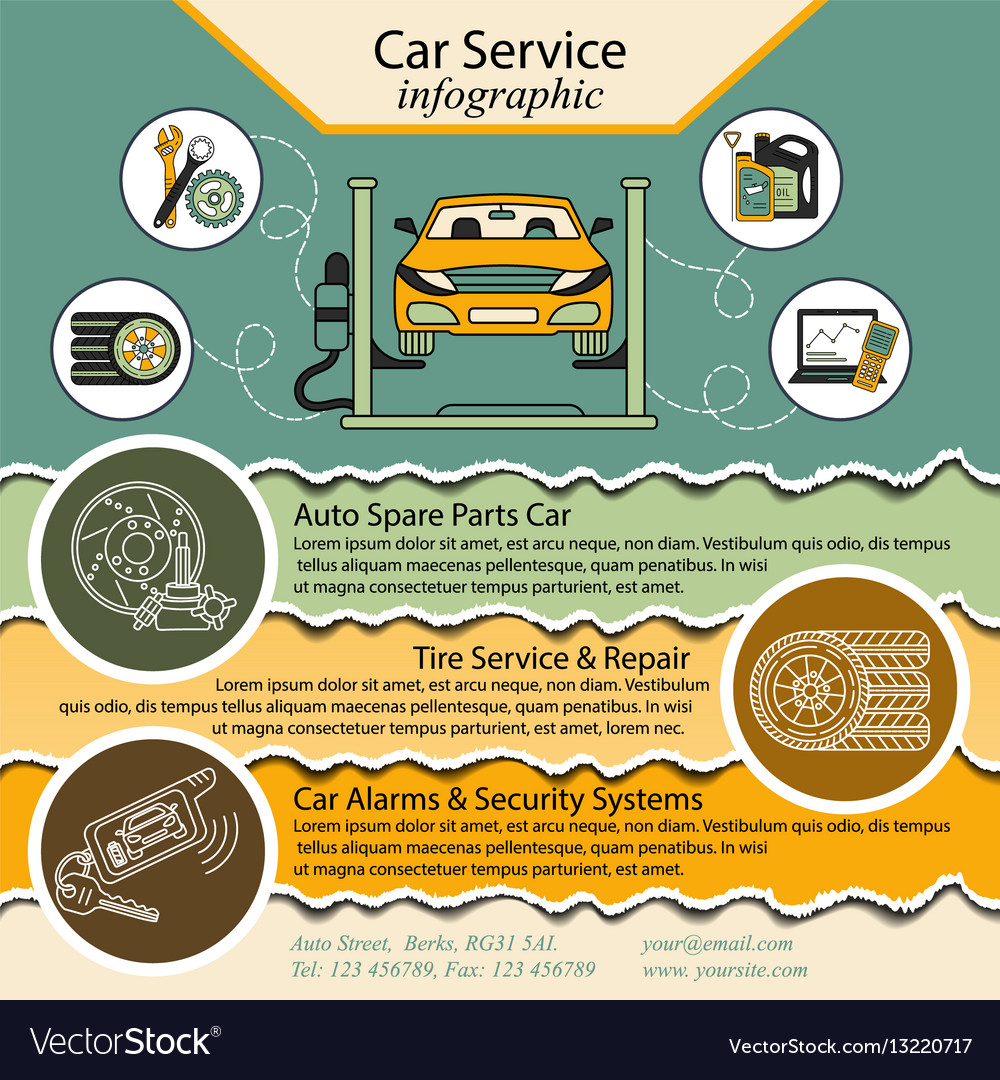Wish To Find Out More About The Warning Lights On Your Control Panel? Uncover What They Suggest Concerning Your Vehicle'S Health And Safety
Wish To Find Out More About The Warning Lights On Your Control Panel? Uncover What They Suggest Concerning Your Vehicle'S Health And Safety
Blog Article
Content By-Sykes Forbes
When you're behind the wheel, those glowing caution lights on your dashboard can be a bit complicated. Do you know what they're trying to tell you regarding your vehicle's health? Recognizing the importance of these lights is crucial for your security and the durability of your car. So, the following time one of those lights pops up, wouldn't you wish to decipher its message accurately and take the essential steps to address it?
Common Warning Lights and Interpretations
Recognize usual caution lights in your car and understand their meanings to make certain safe driving.
One of the most regular warning lights include the check engine light, which indicates issues with the engine or exhausts system. If this light comes on, it's crucial to have your automobile inspected without delay.
The oil stress alerting light shows reduced oil pressure, calling for immediate focus to avoid engine damage.
A flashing battery light may suggest a defective charging system, possibly leaving you stranded otherwise resolved.
The tire pressure surveillance system (TPMS) light alerts you to low tire pressure, impacting car stability and fuel effectiveness. Disregarding this can cause harmful driving conditions.
The abdominal light suggests an issue with the anti-lock stopping system, endangering your capability to quit swiftly in emergency situations.
Lastly, the coolant temperature warning light warns of engine overheating, which can result in extreme damage otherwise fixed swiftly.
Comprehending interior detailer will assist you address concerns immediately and maintain secure driving problems.
Relevance of Prompt Attention
Comprehending the common caution lights in your car is just the initial step; the relevance of promptly addressing these warnings can not be highlighted enough to guarantee your safety on the road.
When a warning light illuminates on your dashboard, it's your automobile's way of interacting a possible concern that needs focus. Overlooking these warnings can bring about much more serious problems later on, endangering your security and possibly costing you much more in repairs.
Trigger attention to alerting lights can protect against breakdowns and accidents. As an example, a flashing check engine light might indicate a misfire that, if left neglected, could cause damages to the catalytic converter. Addressing this promptly can save you from a costly repair work.
Likewise, a brake system alerting light might indicate low brake fluid or worn brake pads, vital elements for your security when driving.
Do It Yourself Troubleshooting Tips
If you observe a warning light on your control panel, there are a couple of DIY troubleshooting suggestions you can attempt before seeking professional help.
The first step is to consult your cars and truck's manual to comprehend what the details warning light shows. Often the problem can be as basic as a loosened gas cap activating the check engine light. Tightening the gas cap might settle the problem.
Another typical issue is a low battery, which can cause numerous advising lights. Examining the battery links for deterioration and guaranteeing they're safe might fix the problem.
If a warning light continues, you can try resetting it by detaching the automobile's battery for a few mins and after that reconnecting it. Furthermore, checking your lorry's fluid degrees, such as oil, coolant, and brake fluid, can assist troubleshoot advising lights associated with these systems.
Verdict
Finally, understanding your auto's warning lights is necessary for maintaining your lorry running smoothly and securely. By immediately dealing with these alerts and understanding what they suggest, you can avoid expensive repair work and possible breakdowns.
Bear in mind to consult your cars and truck's guidebook for certain details on each cautioning light and take action accordingly to guarantee a trouble-free driving experience.
Keep notified, stay risk-free on the road!
